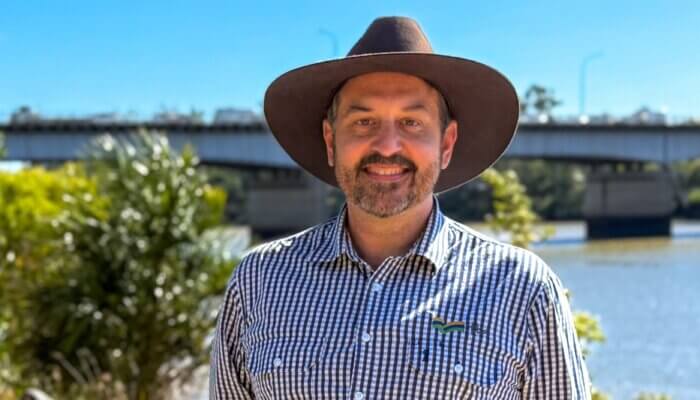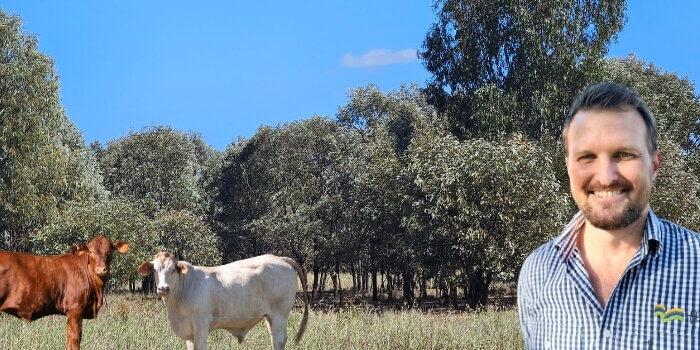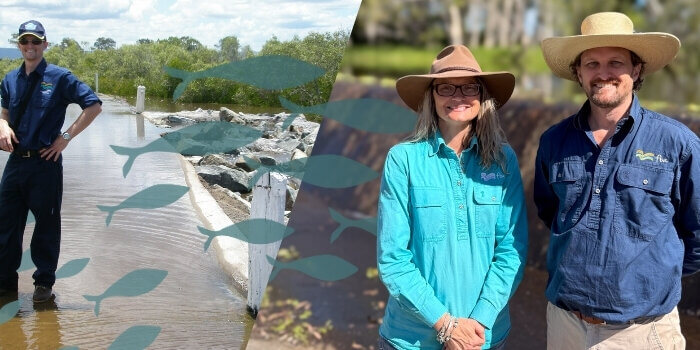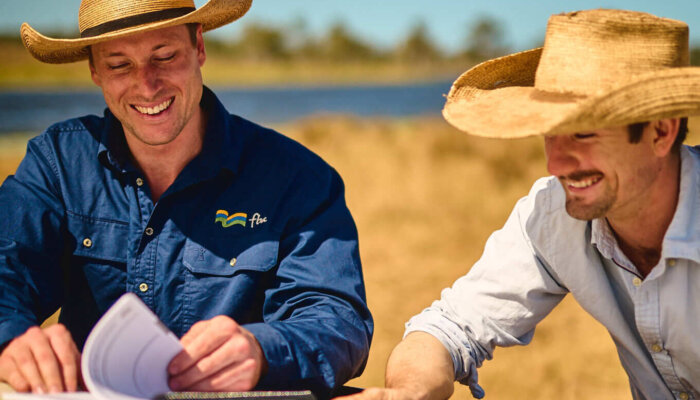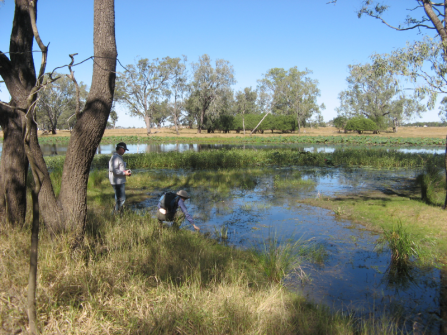
Fitzroy Basin’s 7,500 wetlands worth protecting, says FBA
Posted on June 30th, 2014
It is surprising to know there are almost 7,500 wetlands in the Fitzroy Basin, and that figure includes wetlands of both national and international importance.
What is not surprising is that Fitzroy Basin Association Inc. (FBA) and the Department of Environment and Heritage Protection (EHP) are working hard to promote the importance of these ecosystems and encourage people to protect them.
FBA Chief Executive Officer Paul Birch said the region’s Shoalwater and Corio bays are internationally significant and recognised under the Ramsar agreement. They have remarkably abundant and diverse wildlife and are home to both tropical and subtropical species.
“Because our region’s wetlands are so significant, FBA is working closely with EHP to promote their importance,” Mr Birch said.
“But it’s not just the national and international wetlands of significance that are worth protecting.
“The region’s wetlands are incredibly diverse and provide nursery areas for commercially important fish species; breeding areas for many birds, including international migrants; and even improve water quality entering the reef by filtering and collecting sediment.
“Many processes threaten our wetlands. Activities such as inappropriate development; damaging recreation practices, such as four-wheel-driving on fragile vegetation; and invasive plants and animals all have an impact.”
Pollution and rubbish also pose a serious threat. Pesticide and herbicide run-off negatively impacts aquatic plants and animals, and rubbish can entangle and kill wildlife.
Mr Birch said FBA and EHP are conducting a workshop to help the agencies’ staff and key stakeholders accurately assess the condition of the region’s wetlands.
“These assessments will be used to develop a condition report for our wetlands, which will then be used to inform the annual Reef Report Card,” Mr Birch said.
The data collected during the region’s wetland condition assessments will be entered onto the Queensland Government’s WetlandInfo web site, www.wetlandinfo.ehp.qld.gov.au.
“WetlandInfo is an invaluable and publically accessible resource,” Mr Birch said. “It is home to an enormous amount of data, trends and detailed information about Queensland’s wetlands.”
Mr Birch is encouraging everyone with an interest in wetlands and their ecology, or a desire to take action to help improve the condition of the region’s wetlands to visit WetlandInfo to learn more.






